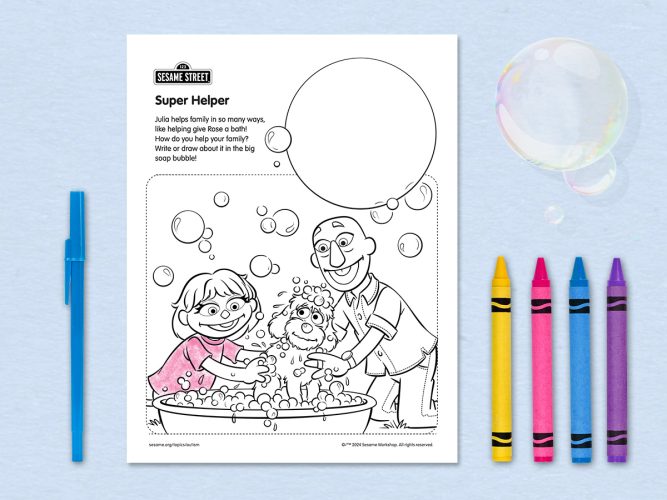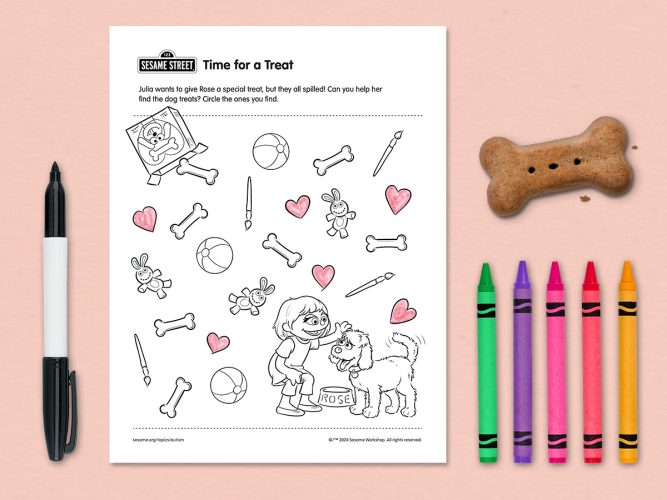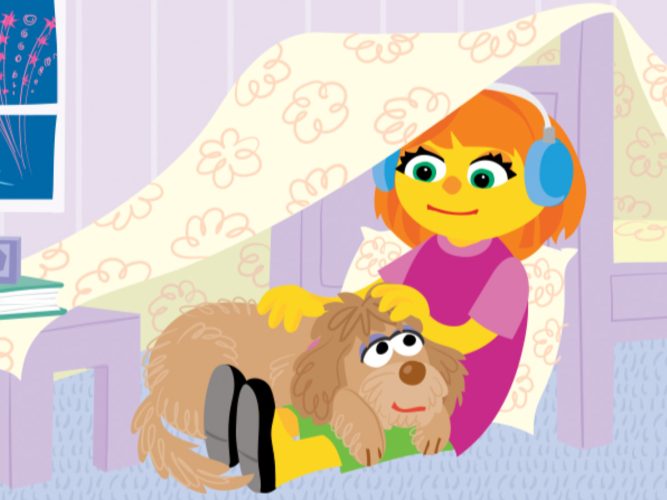
Bully-Busting
Suggestions for the best ways to handle bullying.
It may show up as name-calling, or being left out, or being teased all the time or physically pushed around, but sadly, bullying is something that autistic children are much too familiar with. Studies have shown that they are two to three times more likely to be bullied than neuro-typical children. The effects can be serious and long-lasting. Children on the autism spectrum are especially vulnerable because it may be difficult for them to speak out. It is up to the parents, teachers, and caregivers to make sure they have strategies in place to protect them. Here are some tips that may help:
- Stay observant. If a child starts behaving differently, withdrawing, or acting out, or stops being interested in the activities she normally likes, that could be a sign there’s a problem.
- Talk, talk, talk. In the case of a child who’s verbal, try to figure out the problem by talking . . . and listening! It requires extra reassurance and patience. Remember that the child is “reporting,” not “tattling,” and it’s important that they do so. Keep your questions simple and concrete. Stay calm, so as not to add to the stress. Tell the child that it’s up to grown-ups to keep them safe, and that everyone will work together to make that happen. Remind the child that it is not their fault.
- Make sure everyone understands autism. That means each person who interacts with the child, from bus drivers to recess supervisors. Special training sessions for staff on how to handle and recognize bullying are extremely helpful. It may also help to give peers the chance to learn about autism and ask questions. If possible, try volunteering in the class or program to get a better read on what’s going on. Raise awareness, and you’re halfway there!
- Depending on the child, you may be able to offer some simple strategies, such as saying loudly, “That’s not okay,” enlisting the help of a nearby grown-up, or having a classroom “buddy” (or several!). Most peers, when given the chance, want to be part of the solution.
- Don’t ignore the problem! It won’t go away on its own, and it needs to be dealt with as quickly as possible. Enlist the help of staff, professionals, other parents, and children. Brainstorm ideas. The more people buy in to the strategy, the more likely it is to work.
- The plan should include getting the bully some help, too. Bullying doesn’t happen in a vacuum. What is causing this child to act out?
- Even after the problem is taken care of, continue to monitor and work collaboratively so that it doesn’t happen again, to anyone.

Teaching Self-Determination Skills
Try these playful activities to help your child develop important self-determination skills.

Setting and Achieving Goals
With support from a caring grown-up, autistic children can set goals, make a plan, and accomplish big things!

Julia and Rose – Best Friends Fur-Ever
When Julia has an idea, she sees it through… with a little help from her family. This social story for autistic children models what’s possible!

Super Helper
Finding ways to help their family can be a great way for autistic children to build skills and pursue goals.

Time for a Treat
Sometimes autistic children—and all children—need a little help from others to reach their goals.

Where Should We Go?
Even taking a walk around the neighborhood can offer opportunities for autistic children to make choices—and have fun!

Forging Furry Friendships: How Human-Animal Interventions Can Support Autistic Children’s Well-Being
In this webinar, you’ll learn about the science of human-animal bonds and specifically how animal interventions can support autistic children’s well-being.
